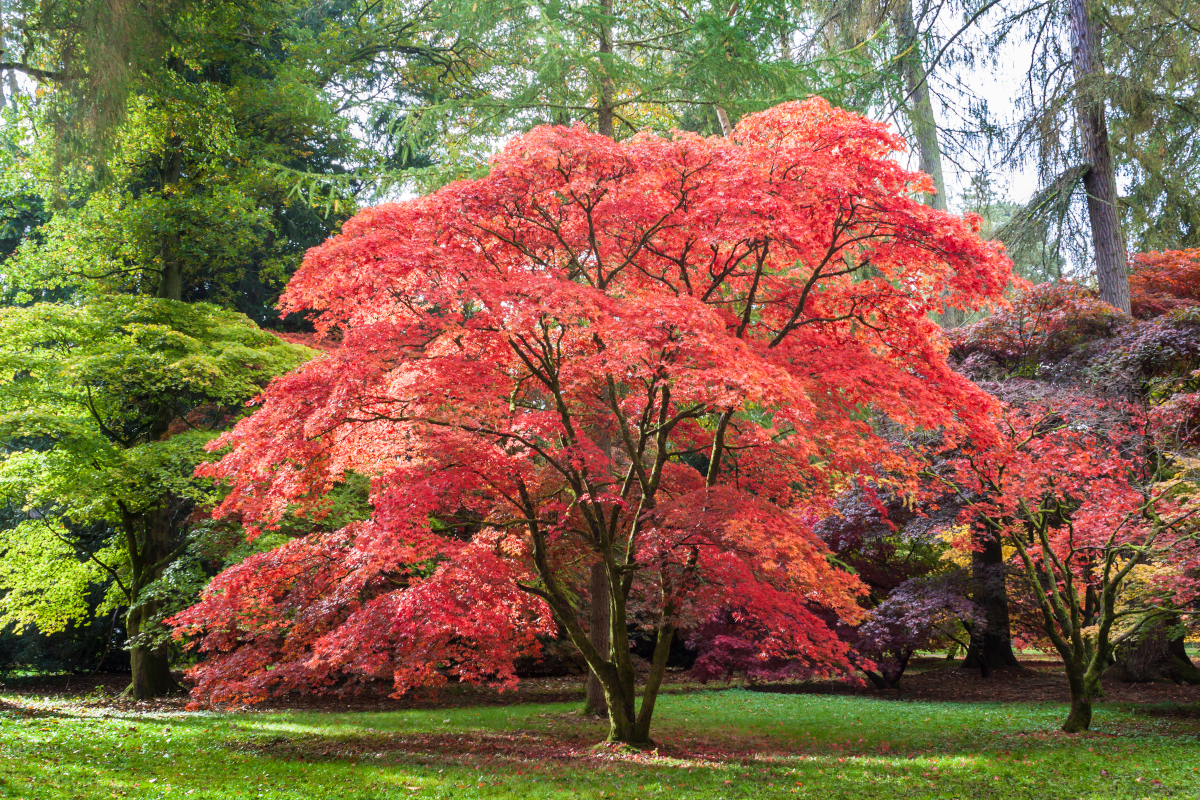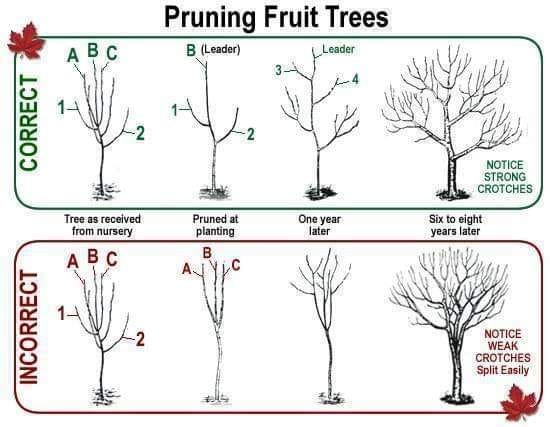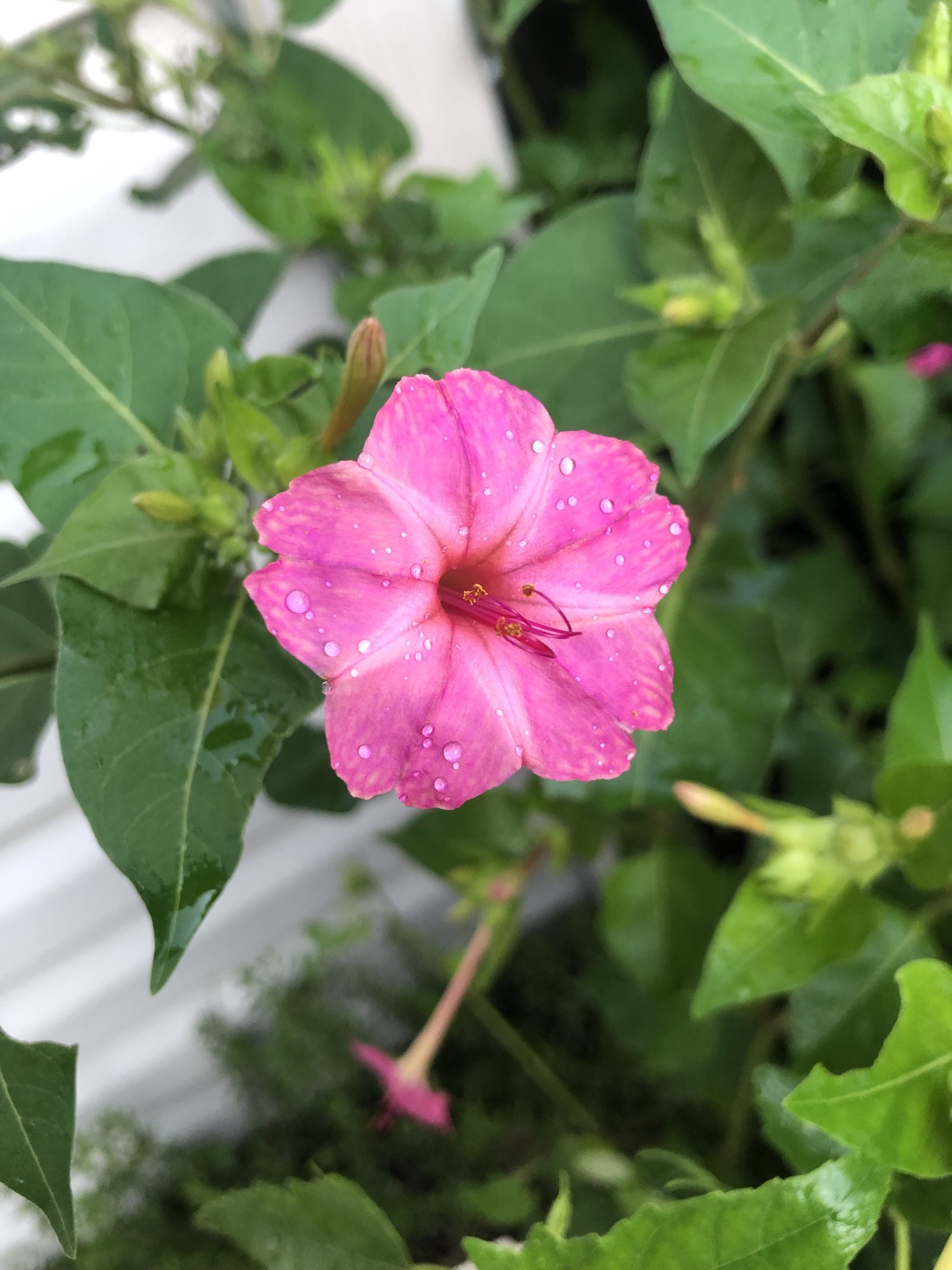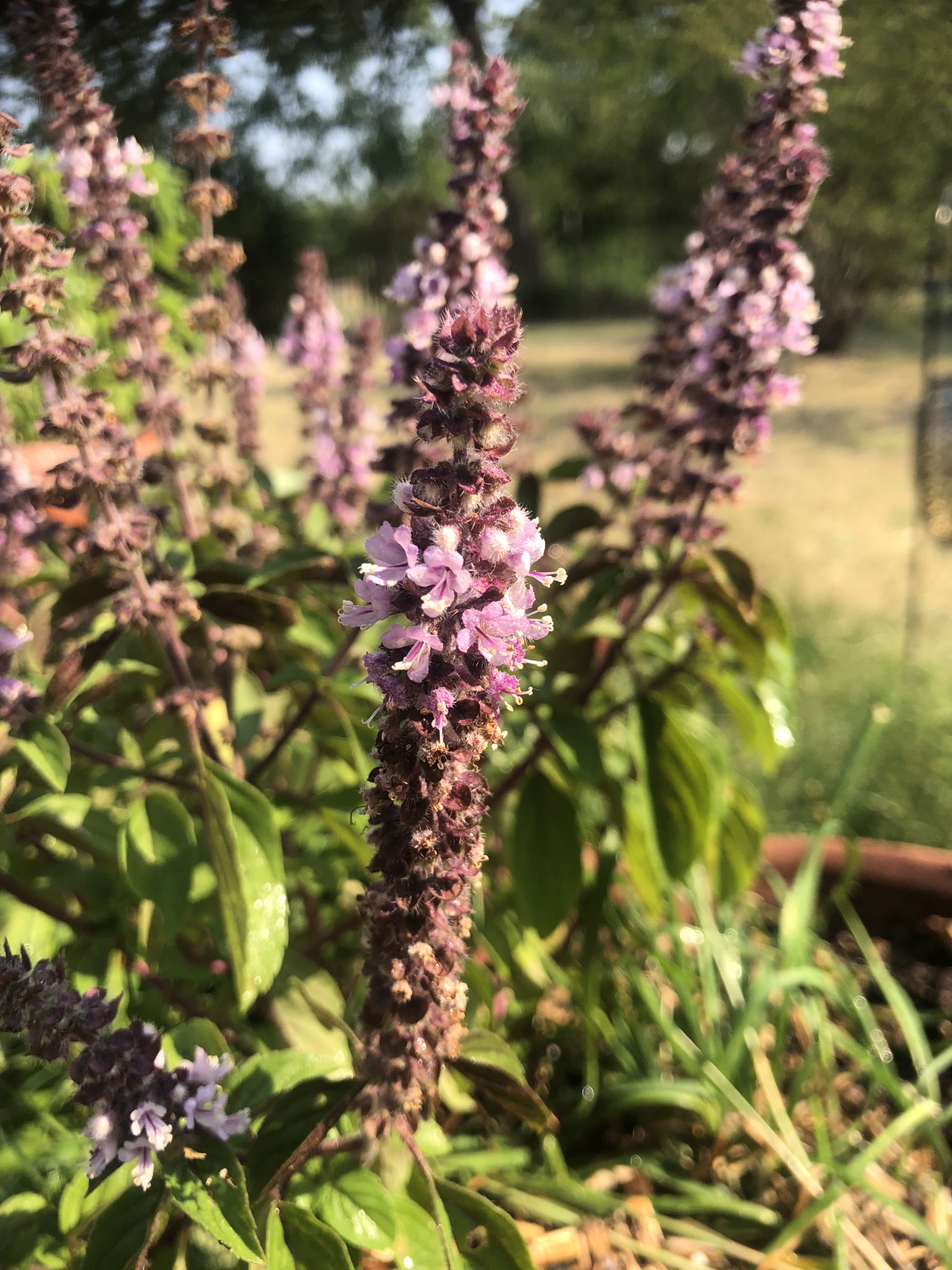 The cold weather has settled in for the winter and most gardens have gone to sleep for the season. But that doesn’t mean that we’re done: Now is the perfect time for getting all of your necessary chores done before the big spring.
The cold weather has settled in for the winter and most gardens have gone to sleep for the season. But that doesn’t mean that we’re done: Now is the perfect time for getting all of your necessary chores done before the big spring.
The winter, when woody trees and shrubs are dormant, is the perfect time for planting. If you’ve considered adding these to your landscape, especially Japanese maples, now is the perfect time to set them in the ground. You won’t see much activity until the spring, but the roots will be active setting your new plant up for a marvelous flush of new leaves when the warm weather returns. Despite their dormancy, it is still critically important to properly water in your new trees and shrubs in order to encourage proper root growth. Consider native trees for your Texas garden. They will be more drought tolerant and will adapt quickly to Texas soils and climate. Now is also the time to divide perennials and biennials such as phlox, violets, irises, and daylilies if they are crowded. This will help them grow better and produce more flowers in the spring.
For all trees except for oaks (these are best trimmed in late summer due to the oak wilt fungus) this is the time to prune and trim as well. How much to trim and where depends heavily on the species. A certified arborist from Desiree Gardens can help you to determine where and how much to cut so that your plants have the best shot at a glorious spring. This is also a great time for excess brush and deadfall, including any dead annuals, to be hauled out of your garden. This will give you a nice blank slate when the warm weather returns. Don’t forget to add a nice layer of mulch afterwards.
Irrigation systems should be set to water less frequently, as the majority of plants do not need as much water in the winter. Plant water usage is heavily dependent not just on temperature, but also on the amount of sunlight the plant receives. That sunlight, combined with water and CO2 is what your garden uses to generate energy and grow, or to store for later in the winter when there is not as much sun. A little water is still necessary as we go through the late winter droughts that are common here, but don’t neglect to ensure that your rain/freeze sensor is working properly.
For winter color, annuals such as dianthus and pansies can be found in abundance at your local nursery. You might also look into some other winter blooming perennials such as camellias and hellebores. Also known as lenten roses, hellebores are incredibly hardy and their blooms can withstand the harshest of freezes here in North Texas. These little guys, along with ornamental cabbage and kale are available right now from Desiree Gardens.
Need help with your irrigation or sprinkler system? Does your garden need an overhaul or just a general checkup? Maybe you just need a helping hand to protect sensitive plants from freeze and frost. Give us a call at 817-202-4808, or drop us a line and contact us here, to find out how Desiree can help you create a wonderful garden with a budget you can afford.
Like what you’re reading? Get information like this delivered straight to your email inbox by signing up here. We will never sell your information, and you can unsubscribe at any time.






















